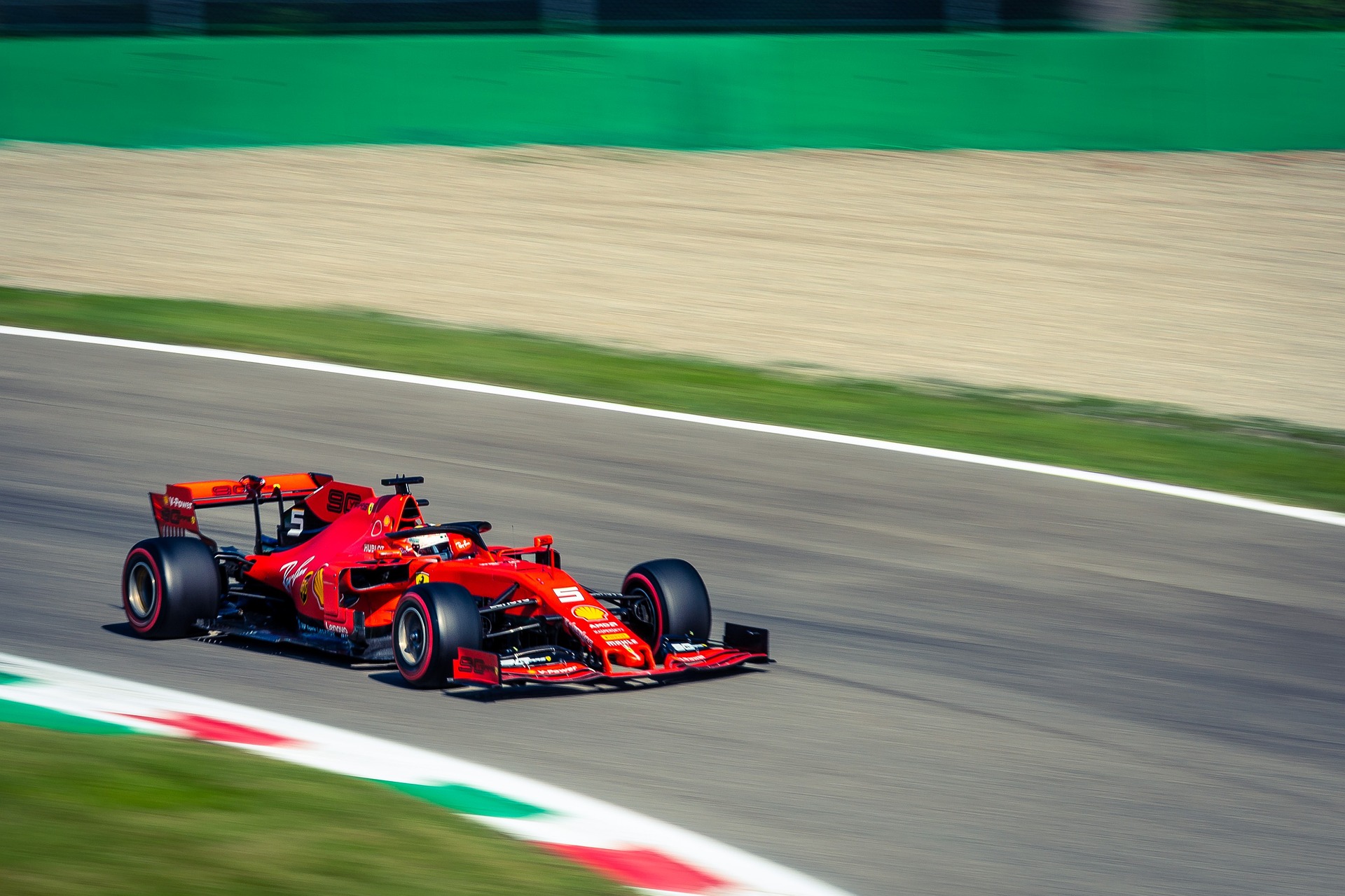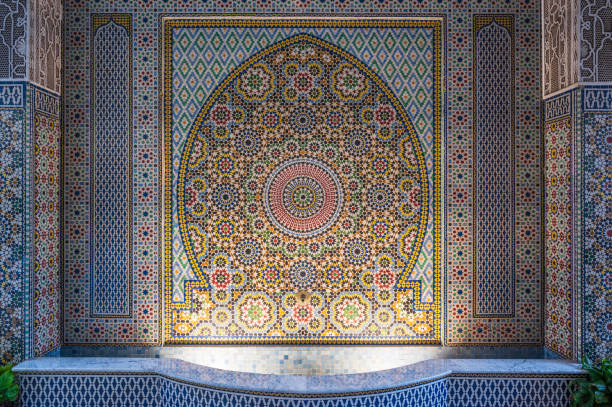Melding Reality: The Uncharted Terrain of Mixed Reality Technology
As technology progresses, it blurs the line between our physical world and the digital one. One such groundbreaking technology is Mixed Reality (MR), tearing down the walls between real and virtual, creating a hybrid environment that is captivating tech enthusiasts and industry experts.
Unraveling the Roots: A Historical Perspective
Mixed Reality, a term coined in the 1990s by researchers Paul Milgram and Fumio Kishino, signifies the merging of real and virtual worlds to create new environments where physical and digital objects co-exist and interact in real-time. The technology is a part of the larger spectrum of Extended Reality (XR), which also includes Virtual Reality (VR) and Augmented Reality (AR).
The AR/VR spectrum was first introduced by Milgram in his ‘Reality-Virtuality Continuum,’ where he placed MR in the middle, indicating its ability to incorporate elements from both ends. This marked the inception of a new realm in the tech world, which would later become a hotbed for innovation and breakthroughs.
The Current Scenario: News and Updates
As we venture into 2022, MR has been making waves in the tech world. Microsoft’s HoloLens 2, an untethered mixed reality device, has been gaining traction for its improved features and usability. The device overlays holographic images onto the real world, providing an immersive experience that is both real and digital.
Similarly, Magic Leap, a Florida-based company, has also been pushing the boundaries of MR with its Magic Leap 1 headset. The device offers a unique spatial computing platform, allowing users to interact with digital content in their physical world, thereby promising an unmatched MR experience.
The Potential Impact and Pricing
The potential of MR is vast and its market is expected to grow substantially. According to a report by Markets and Markets, the MR market is projected to reach $3.7 billion by 2025, growing at a CAGR of 73.2% from 2020.
In terms of pricing, the technology is still in its early stages, and the costs are relatively high. For instance, Microsoft’s HoloLens 2 is currently priced at $3,500. However, as the technology evolves and becomes more mainstream, the prices are expected to decrease, making it accessible to a wider audience.
Breaking Down the Complex: Understanding MR
Mixed Reality combines the best of both VR and AR. Like VR, MR creates immersive virtual worlds, while it also anchors virtual objects to the real world like AR. This unique blend allows users to interact with digital content in their real surroundings, creating a seamless and interactive experience.
In a typical MR setup, the user wears a headset equipped with sensors and cameras. The sensors track the user’s movements and position, while the cameras map the physical environment. This information is then processed to overlay digital content onto the physical world, enabling a dynamic interaction between the user and the digital elements.
In Conclusion
Mixed Reality is still an evolving technology, but its potential is undeniable. As it continues to develop and become more accessible, it promises to transform our interaction with technology, creating a seamless blend of physical and digital worlds. This hybrid environment holds massive potential, not just for gaming and entertainment, but also for fields like education, healthcare, and manufacturing. Only time will tell the true impact of MR, but one thing is clear - it’s an exciting time to be alive in the realm of technology.






